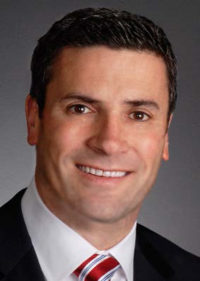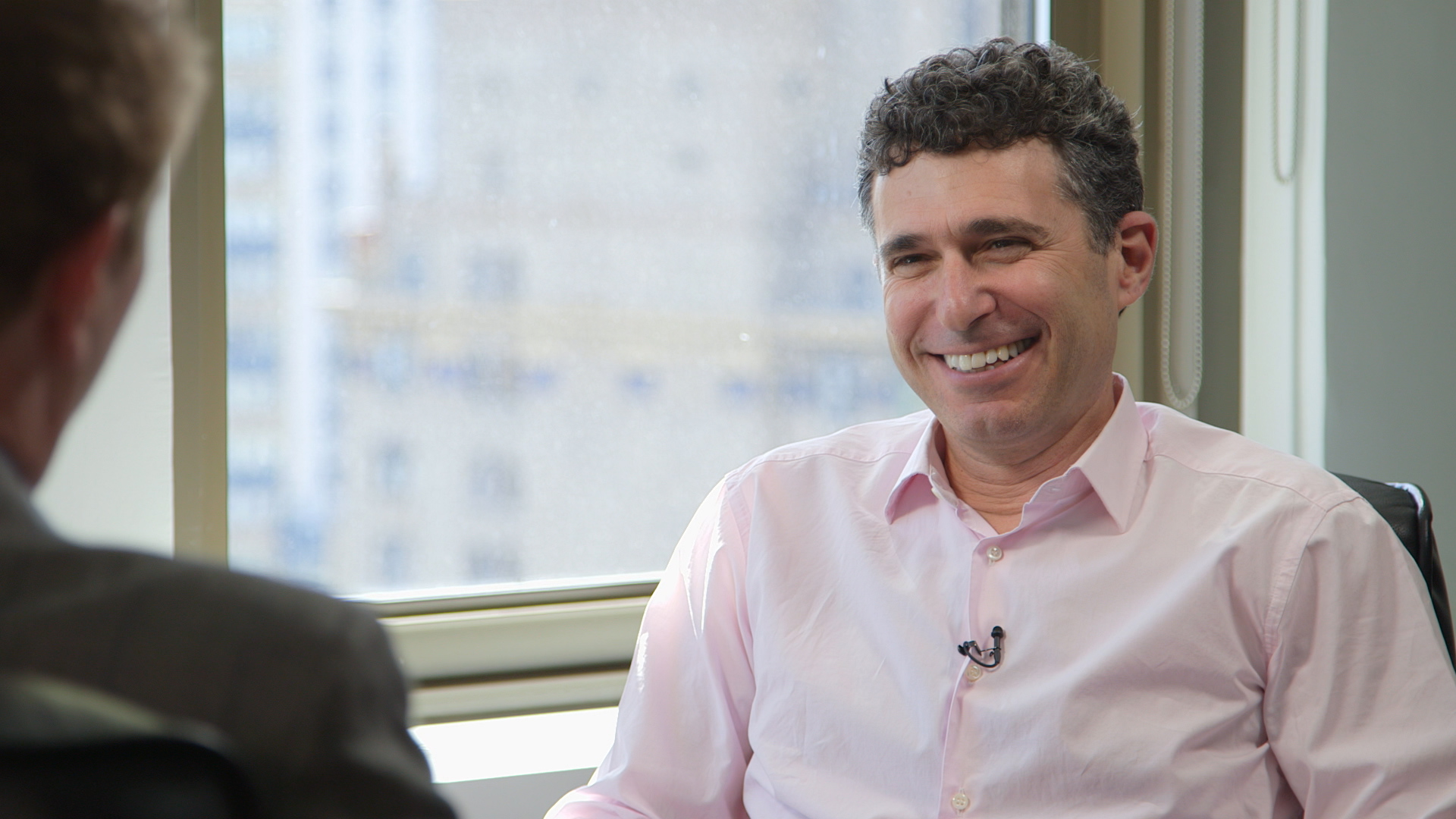A CFO Headache Cured: Close Automation Technology
New technologies are taking the pain out of the deal close. But improving and modernizing the financial close is a process that requires an organization to be diligent.
The financial close is a complex process that continues to grow in importance as chief financial officers face increasing pressure to deliver timely information to the market and critical information to the internal organization.
“The challenge is the lack of automation and the lack of connectivity between disparate groups of people during a close,” says Gavin Backos, a partner at RSM US LLP.
Those challenges mean CFOs often can’t meet three critical needs—real-time monitoring of the close process; continuous improvement of the close process; and control, standardization, and scalability.
Backos says the best tools to meet those challenges are so-called close automation technologies such as BlackLine and Trintech.

“The technology drives some of the manual effort out of a close,” Backos explains. “Every time you have a manual touch point in the close, there’s a chance for error. It reduces the risks and enhances the close governance structure.”
And for most organizations, implementation is more a matter of taking an existing close process and “mapping” it to the technology. What’s more, the implementation process also challenges the firm to evaluate its existing workflow to cut out unnecessary steps. And once it’s up and running, bottlenecks can be identified quickly, leading to iterative, continuous improvements.
“Most firms are constantly challenged and overburdened during financial close,” Backos says. “It’s a combination of poor process, weak technology, and limited improvements over time that creates this situation.”
Indeed, improving the financial close is an evolution and a continuous cycle, Backos says. During this process, organizations pursue several outcomes to help implement a truly modernized close function:
- Leveraging clearly defined activities:
- Disorganized and often misaligned activities generate continuous monthly “fire drills” for the finance organization. Designing a structured approach which leverages clearly defined activities for completion will enable the organization to move towards a leaner, more efficient close.
- Enhancing policies, procedures, and processes:
- Labor-intensive and poorly defined processes often plague the close process. Developing and implementing well-defined, repeatable, and sustainable processes for the completion of activities lays the foundation for a top-decile close that is both fast and effective.
- Enhancing financial controls:
- Controls are a common area of weakness due to companies’ heavy reliance on manual controls and poorly defined close activities, increasing the risk of reporting and regulatory issues. Organizations can reduce control risk by increasing reliance on preventive controls and proactive error correction utilizing clearly defined responsibilities and close automation technology.
- Improving reliability on data and financial reporting:
- Data integrity is a constant concern that directly impacts accurate review and timely analysis of financial information. Utilizing a structured approach aligned with state-of-the-art technology to capture, consolidate, and report quality data will enable leadership to properly balance speed, accuracy, and control.
- Reducing the cycle time to close the books:
- Timely execution of closing activities directly impacts the availability of financial information for decision-making and value-added analysis activities. Reduced cycle times can only be achieved once the closing process is sustainable and can be effectively replicated month over month; speed and accuracy should never be considered interchangeable outcomes for the organization.
- Increasing timely information to the business and market:
- CFOs are constantly faced with increasing pressure to deliver time-sensitive information to both the business and market. The organization must be prepared to meet these demands by leveraging enhanced processes and technology.
- Encouraging complete transparency and performance management:
- Lack of governance and performance management allows the processes and technology that drive the close process to become antiquated, inefficient, and costly. Proper governance from leadership enables the organization to continuously improve the close process and keep pace with industry-leading practices.
New technologies are taking the pain out of the deal close. But improving and modernizing the financial close is a process that requires an organization to be diligent.
